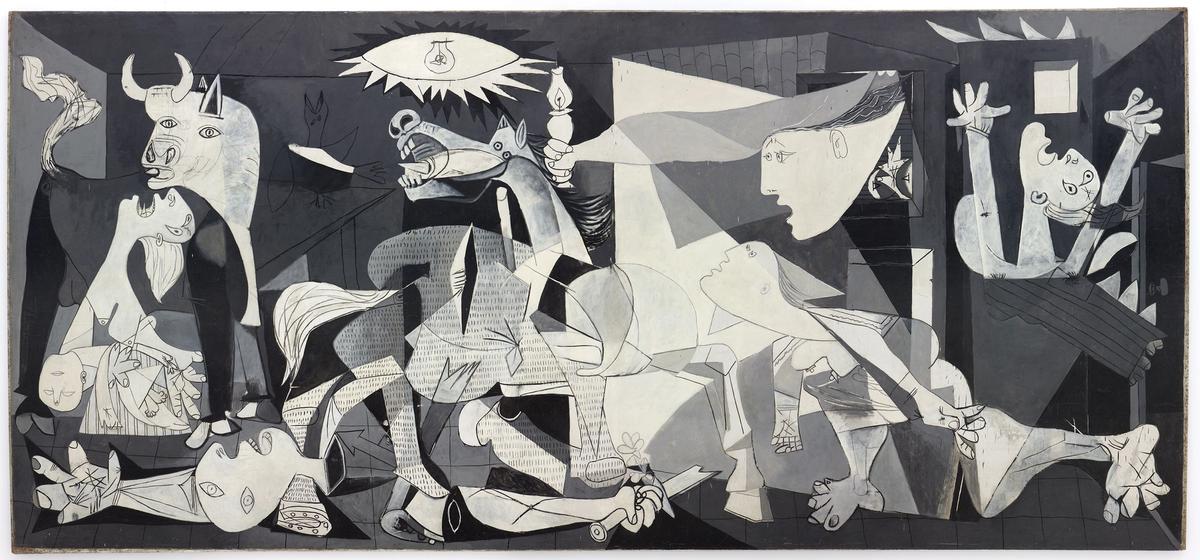“Of all the problems besetting Picasso in late 1932,” the fourth volume of John Richardson’s A Life of Picasso begins, “foremost was the misery of married life with his Russian wife Olga”. Unshielded even by a preface, this sentence sets the tone of strife encountered as the artist entered his 50s and one of the most turbulent decades of European history.
As with the previous volumes, Richardson has maintained his sympathetic focus on Picasso’s intimate world in which prodigious creativity and sexual activity are entangled. In these “minotaur years”—a subtitle alluding to his repeated self-image as ravaging force of nature—Picasso’s labyrinth harboured not only Olga’s declining stability but the conflicting fascination with the young Marie-Thérèse Walter and the politically sophisticated Dora Maar. He ricocheted between them, drawing energy from each in exchange for lasting collateral damage.
Those attempting to cling to the artist among the wider cast of colleagues, patrons, poets and dealers encounter skilfully tactical evasion. Some are dismissed and others used. The brutal civil war in Spain (1936-39, during which Picasso was made director of the Prado in absentia), the fall of France in 1940 and occupation of Paris ensure that the turmoil of international events is never far away.
After completing Guernica in 1937, Picasso’s fame was such, we are told, that the article accompanying his appearance on the cover of Time magazine in 1939 could assert that his name was one of only two things that millions knew about Modern art, “the other being that they don’t like it”. It is for such granules, as much as the broad sweep of the narrative, that readers will turn to and be rewarded by this volume. (The UK edition is due to be published by Jonathan Cape on 10 March 2022.)
After a slightly jerky start, where tying back to the previous volume of 2007 is required (resulting in the repetition of that volume’s ‘Epilogue’ virtually word for word), The Minotaur Years retells what might be considered a familiar story, but carries it off with a liveliness generated by short chapters, sharp judgements and occasionally waspish dismissals, all dispatched at pace. It is the fruit of 60 years of thinking, conversing and speculating about the artist, underpinned by detailed looking, research and investigation of his movements moment by moment.
The research of other scholars is generously acknowledged, just as that of the late author and his team is worn lightly. The result is precipitous. Reflecting on Roland Penrose’s biography of Picasso in an interview with Chris Stephens (published in Picasso and Modern British Art, Tate, 2012), Richardson had offered that “my only criticism is that it is a portrait without shadows.” A Life of Picasso, though it may appear destined to remain unfinished with Richardson’s passing in 2019, includes shadows and may be said, in the words of Alice Rahon (another of Picasso’s discarded lovers), to “carry out all our secrets before it’s too late”.
• John Richardson, A Life of Picasso IV: The Minotaur Years 1932-1943, Knopf, 320pp, 271 colour illustrations, $40 (hb), published 16 November 2021
• Matthew Gale is senior curator at large, Tate Modern


